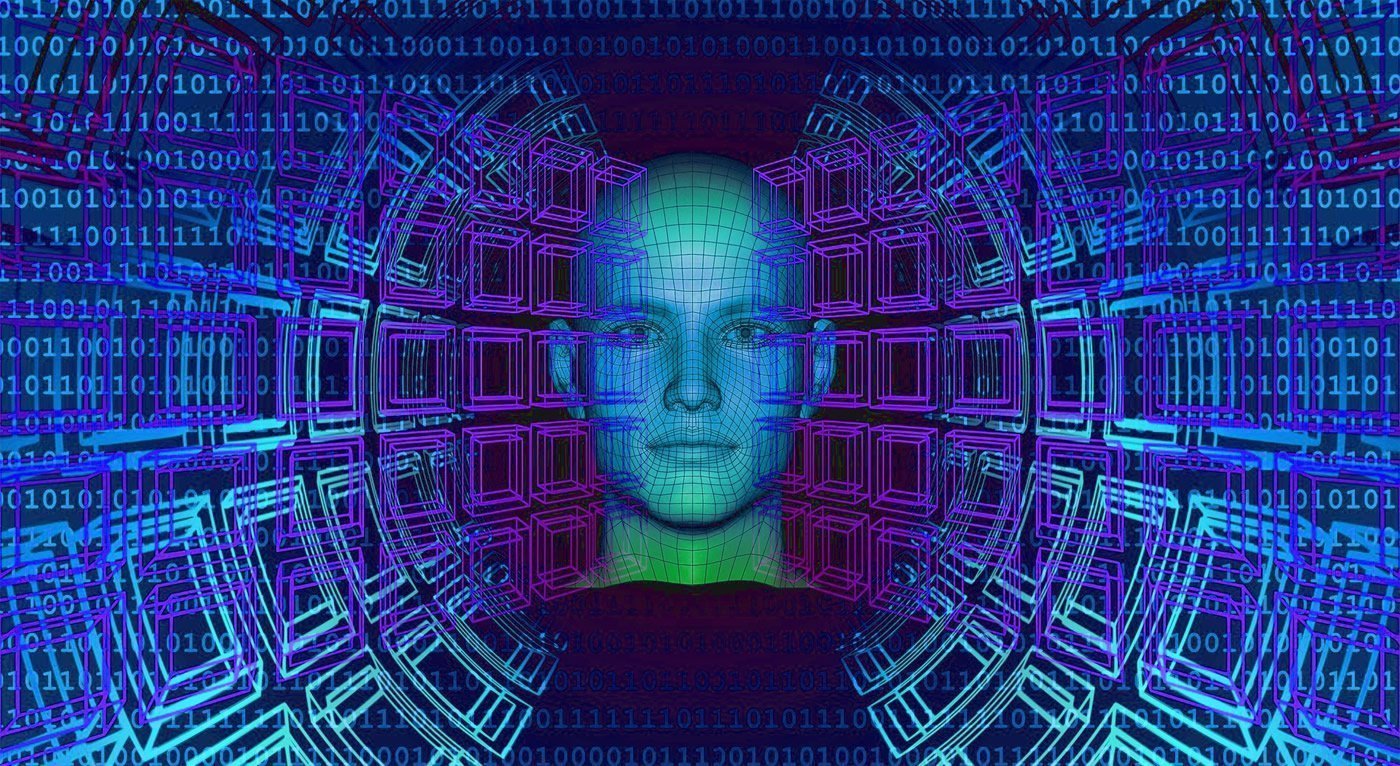Summary: Artificial intelligence reveals how the brain programs procedural knowledge.
Source: Carnegie Mellon University
Although we often think of knowledge as “knowing that” (for example, knowing that Paris is the capital of France), each of us also knows many procedures consisting of knowing how, such as knowing how to tie a knot or start a car. Now a new study has found the brain programs that code the sequence of steps in performing a complex procedure. In a just published paper in Psychological Science, researchers at Carnegie Mellon University have found a way to find decode the procedural information required to tie various knots, with enough precision to identify which knot is being planned or performed. To reach this conclusion, Drs. Robert Mason and Marcel Just first trained a group of participants to tie seven different knots, and then scanned their brains while they imagined tying or actually tied the knots while they were in an MRI scanner. The main findings were that each knot had a distinctive neural signature, so the researchers could tell which knot was being tied from the sequence of brain images collected. Furthermore, the neural signatures were very similar for imagining tying a particular knot and planning to tie it.
Dr. Just noted that “Tying a knot is an ancient and frequently performed human action that is the epitome of everyday procedural knowledge, making it an excellent target for investigation.”
The research project was funded by the Office of Naval Research. While naval cadets frequently use nautical knots and naval doctors tie knots in surgical procedures, naval personnel are required to master many other types of procedural skills. Understanding how the brain learns and represents procedural tasks is an important part of the science of learning.
The machine learning algorithm the researchers used succeeded by first processing the fMRI data from trials in which the participants mentally tied a knot like as a bowline or a sheet bend knot, and learned the association between each of the knots and their respective neural signatures.

“Once we identified the neural representations of the procedures of how to tie each specific knot, we were able to predict which knot they were about to tie before they started tying it”, said Dr. Mason. That was possible because we have a plan for tying each knot, a plan that becomes activated just before the actual procedure is executed.” What distinguishes this finding from previous “brain decoding” studies is that knowing how involves a particular sequence of actions over executed over some time period, and not just a static snapshot of knowing that.
In 1951, Harvard neurophysiologist Karl Lashley proposed that a complex act like playing a tune on a musical instrument requires than a linkage between the successive steps involved in the procedure; he hypothesized that it requires a higher-order mental structure or plan for organizing the sequence of steps. These new findings now confirm the existence of such higher-order mental representations of procedure, and they furthermore identify which procedure is which.
The ability to identify the neural representation of a procedure may useful in developing instructional techniques that teach procedures with high efficiency and in developing brain-computer interfaces that translate a mental procedure into a robotic procedure.
About this neuroscience research article
Source:
Carnegie Mellon University
Media Contacts:
Stacy Kish – Carnegie Mellon University
Image Source:
The image is in the public domain.
Original Research: Closed access
“Neural Representations of Procedural Knowledge”. by Robert A. Mason, Marcel Adam Just.
Psychological Science doi:10.1177/0956797620916806
Abstract
Neural Representations of Procedural Knowledge
Although declarative concepts (e.g., apple) have been shown to be identifiable from their functional MRI (fMRI) signatures, the correspondence has yet to be established for executing a complex procedure such as tying a knot. In this study, 7 participants were trained to tie seven knots. Their neural representations of these seven procedures were assessed with fMRI as they imagined tying each knot. A subset of the trained participants physically tied each knot in a later fMRI session. Findings demonstrated that procedural knowledge of tying a particular knot can be reliably identified from its fMRI signature, and such procedural signatures were found here in frontal, parietal, motor, and cerebellar regions. In addition, a classifier trained on mental tying signatures was able to reliably identify when participants were planning to tie knots before they physically tied them, which suggests that the mental-tying and physical-tying procedural signatures are similar. These findings indicate that fMRI activation patterns can illuminate the representation and organization of procedural knowledge.
Feel Free To Share This Neuroscience News.






